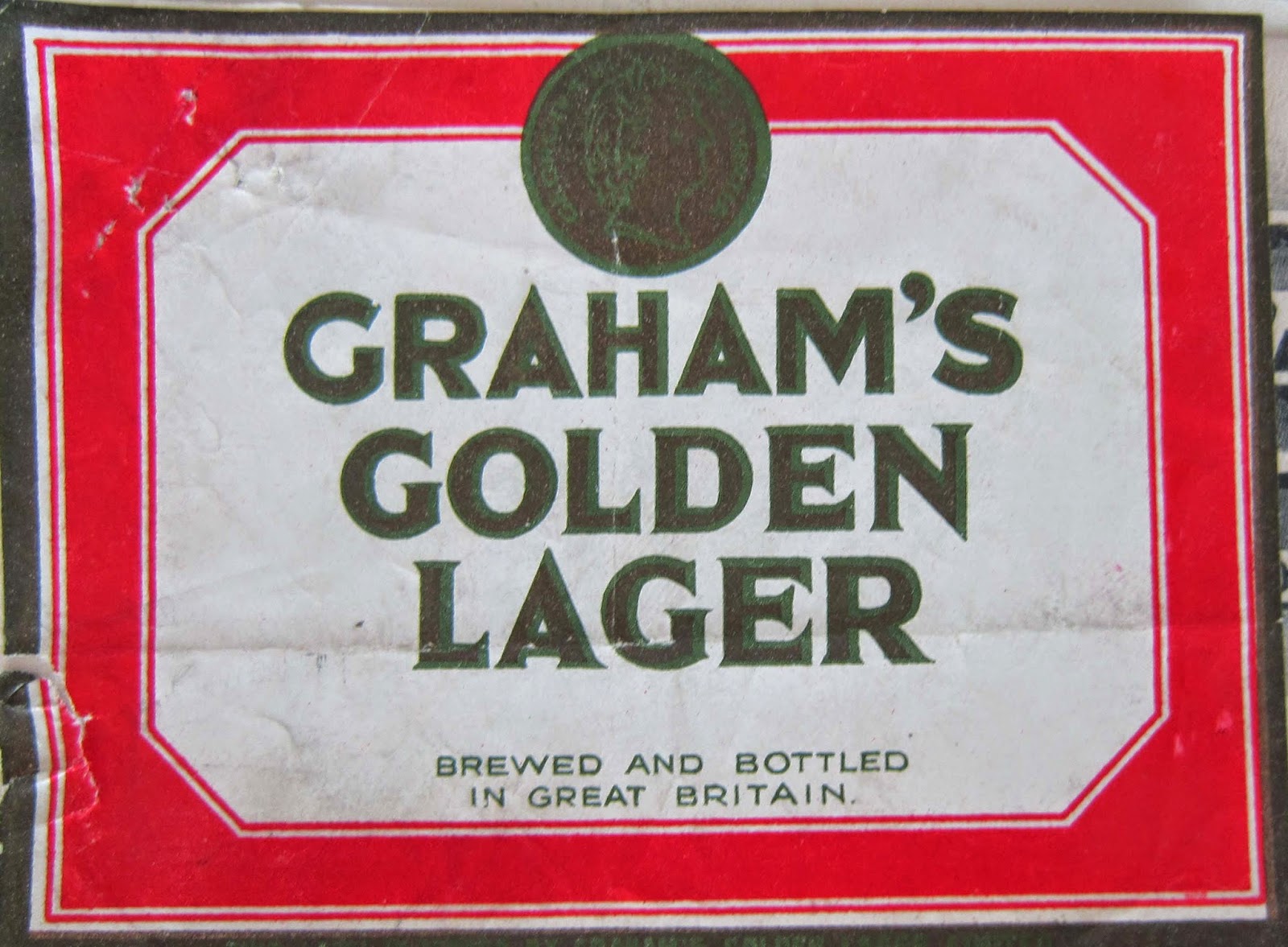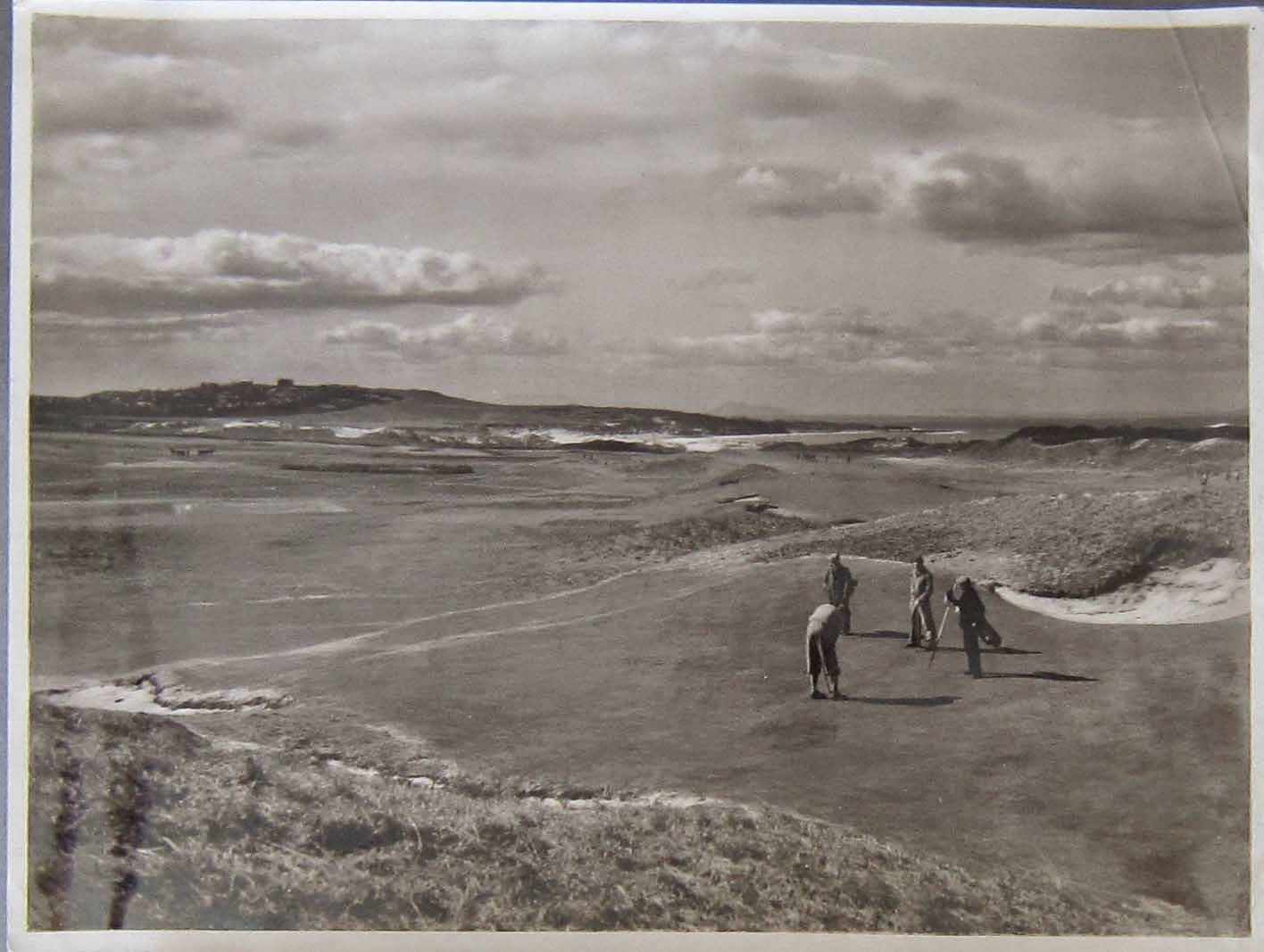In this week’s blog, LHSA Archivist Louise explores a
fruitful sporting connection:
With the Ryder Cup just under way in Gleneagles, I was
inspired to look again at one of our collections with a golfing theme.
Although many doctors undoubtedly enjoyed playing golf, the
connection between the game (developed, of course, on our own Leith Links) and
one Edinburgh Hospital was much more involved than that.
The Royal Edinburgh Hospital for Sick Children (REHSC) had
been bequeathed the estate of Muirfield by Lady Jane Meikleham - they first
opened a convalescent home there in 1906. This initially modest venture with
accommodation for ten children proved inadequate and a new building was opened
there three years later. With lucky chance, the building was adjacent to the
Muirfield golf course, and from 1929 the Honourable Company of Edinburgh
Golfers allowed the REHSC to profit from the sales of and advertising revenue
from the Open Golf Championship held annually at Muirfield in late June.
Although we do not hold a copy of an actual programme, we do
hold the evidence of how the REHSC put the programme together, particularly for the 1932 and 1935 programmes. Our most extensive information lies in files of letters
to companies around the UK asking if they would like to buy advertising space
in the tournament programme, including 1930s company logos and ‘mock-ups’ of
advertisements, of which there are a selection here:
Advertising proofs for Open Golf tournament programme, 1932-1935 (LHB5/34/34-35)
Considerable time was spent on other content, too. From
letters about the 1935 programme production, we know that writer J B Priestly
contributed a forward to the 1932 programme, whilst Punch cartoonist G L Stampa
contributed a drawing. We have copies of programme proofs with cartoons like
this one:
Cartoon - part of programme proof sheet, 1935 (LHB5/34/35)
The scorecard of American superstar golfer Walter Hagan (1892-1969) was also
reproduced in both the 1932 and 1935 programmes:
Walter Hagan score card (LHB5/34/35)
In the same collection, LHSA also holds photographs of illustrations used in a 1931 golfing calendar (sponsored by the Life Association for Scotland):Photographs of illustrations used in Life Association for Scotland Calendar, 1931 (LHB5/34/37)
Golfing photograph, 1931 (LHB5/34/37)
So whether you’re braving the Perthshire traffic or safely
ensconced in front of the TV, LHSA wishes you a good golfing weekend!















